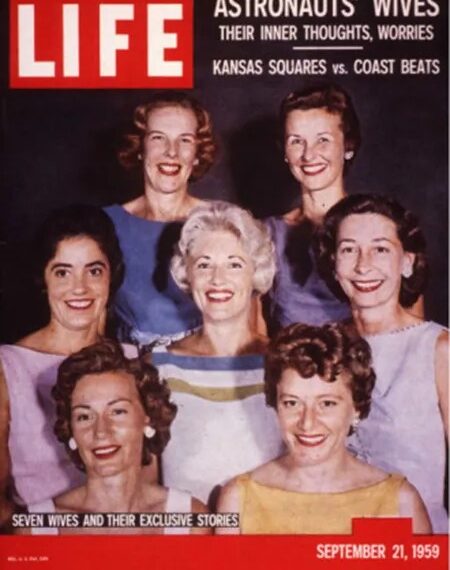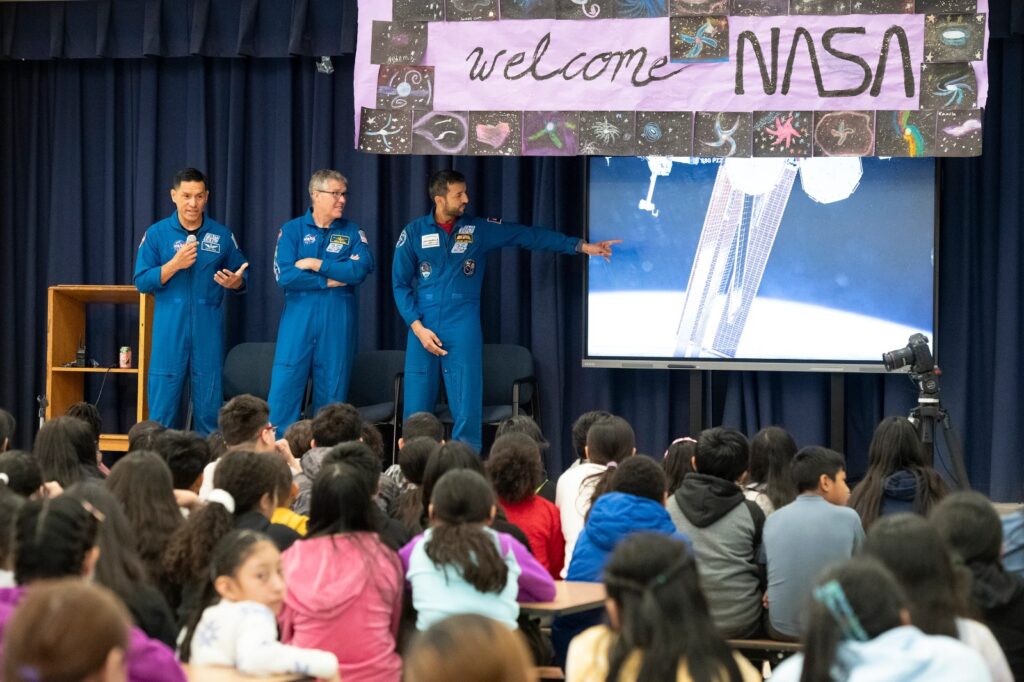For space research and exploration, narrative is just as important as technology
“If he survives, he will become the heroic symbol of a historic triumph; he will be the first American, perhaps the first man, to be rocketed into the dark stillness of space. If he does not survive, one of his six remaining comrades will go next.”
This sentence, pulled from the September 1959 issue of Life magazine, succinctly defines the stakes and establishes the bravery intrinsic to the idealized version of the American astronaut. The seven astronauts profiled in the piece comprised ‘Project Mercury,’ NASA’s first pre-Apollo human spaceflight program that ran from 1958 through 1963, cementing John Glenn’s legacy as the first American in outer space.
Though a milestone for space exploration, Project Mercury and its associated Life magazine series also represented a milestone for NASA and its relationship with the American public. Not the result of organic coverage, the September 1959 issue came about through a formal agreement between NASA and Life, in which the magazine gained exclusive coverage of the Mercury astronauts, including their personal stories, for a sum of USD $500,000 split between the seven men. Their private lives, and those of their wives, appeared across a series of over 70 monthly editions, the content of which was all approved by NASA itself.
The evolution of NASA’s narrative
In the 65 years since arranging the agreement with Life, NASA’s public affairs tactics have innovatively diverged from the methods of the more staid bureaucracies in the American government. Today, consumers can purchase LEGO sets of the NASA Artemis Space Launch System, NASA has advised on big budget Hollywood productions including The Martian and Men in Black, and former and future astronauts have appeared on U.S. late night programs, including the Late Show with Stephen Colbert.

None of this, of course, is by accident. NASA’s efforts to reach the American public and remind audiences of the benefits of space exploration offer a key revelation: building a cohesive narrative around space-related projects is equally important to aerospace technology itself in ensuring a mission’s success. In the early days, this meant turning astronauts into polished larger-than-life heroes, and now, it means ensuring general publics are ubiquitously reminded of the beneficial byproducts of space exploration.
Polling consistently shows that such efforts are a necessity. Though a 2023 Pew Research poll indicates 69% of Americans agree it is essential for the United States to be a leader in space exploration, such inordinate support for a government institution has not always been the norm. In fact, in 1961, only 33% of Americans supported the country’s moon-landing aspirations. Enormous costs, obscure tangible benefits, and lack of visibility were significant barriers to gaining the support of the public and NASA’s congressional funders. With much credit to NASA’s Office of Public Affairs, that support has grown dramatically, and 2023 polling indicate 64% of Americans support returning to the moon, and 57% of Americans support heading to Mars.
What the commercial space industry can learn from NASA’s public affairs
Space exploration, however, is a much more crowded industry than in the days of the U.S.–Soviet space race. Once limited to the purview of a handful of governments, space is now open to an increasing number of countries, as well as the private sector. New space players, like the United Arab Emirates, appear to have adopted the public affairs strategies spearheaded by NASA, from manufacturing Emirati astronaut plush toys to elevating Emirati astronauts to high-visibility positions within the UAE government. The UAE Space Agency also reminds the American public of its status as Washington, D.C.’s most prolific Middle Eastern partner in space, through visits to U.S. elementary schools by UAE astronauts and funding the United States’ space-themed pavilion at the 2020 World Expo in Dubai.

Such narrative-building is also not limited to governments, and the emerging private-sector, commercial space industry can benefit equally from the narrative and strategic communications techniques established by NASA and others. Already, talk of the “billionaire space race” between Space X’s Elon Musk, Blue Origin’s Jeff Bezos, and Richard Branson’s Virgin Galactic has positioned grandiose personality as a key driver of piquing public interest. Other commercial space promotional methods, such as the Blue Origin spaceflight of Star Trek actor William Shatner, demonstrate the power of nostalgia.
With price tags in the billions of dollars, and oft-unclear tangible benefits for people on earth, successful projects in outer space cannot rely on the promise of technology alone. Historically, the most successful programs in outer space have been those that meld scientific mandates with national histories, emotive aspirations, and the power of celebrity. In our emerging era of commercial space travel and public-private space partnerships, space companies and governments alike should look toward the playbook first developed by NASA and elevate strategic communications to a central component of mission planning.
Jesse Schatz is a Director at Qorvis in Washington, D.C. He specializes in strategic communications and intelligence-gathering for a diverse portfolio of accounts spanning Washington, D.C., Riyadh, and Dubai.





